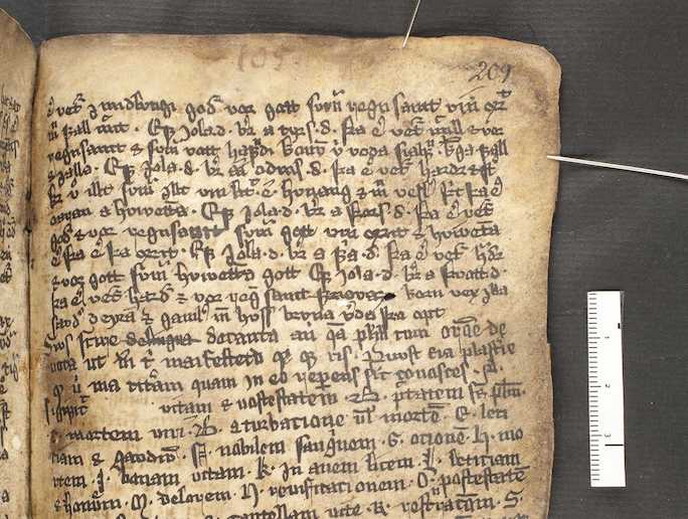Europe’s medieval legacy built in stone
The ancient Greeks and Romans often built their structures in stone, but Europe saw a radical increase in stone buildings from the early Middle Ages. Both Christian and secular leaders recruited builders from far away in order to move away from wood to stone. The EU-funded project RESTOMO(opens in new window) (Reintroducing stone and mortar movements, materials, methods and motivations of builders and patrons in early medieval England, Switzerland and Italy) studied the rise of stone building during the medieval period. Examining the period’s travel routes, population density and landscapes, it looked at how builders lived and at their relationship with their employers in England, Italy and Switzerland. Research revealed that builders in England came from mainland Europe, bringing with them new building techniques and practices. Using 3D modelling and laser scanning, the project team reconstructed medieval landscapes to locate remains of older structures. RESTOMO also studied how mortar-making technology had evolved into mechanical mortar mixing using animals to understand ‘petrification’ in early medieval architecture. Particular focus was given to the Tyne Valley at Newcastle with its high prevalence of early medieval stone buildings from the 7th century. The double monastery of Wearmouth & Jarrow and the royal castle at Bamburgh stand out as good examples. Italy on the other hand shows no gap in stone building in medieval times, but rather continuous maintenance. Transformation of wooden buildings into stone buildings was evidenced in the wooded areas of Tuscany, particularly in 9th and 10th century castles where mortar mixers were also used. North-west Switzerland revealed stone buildings that date from the 8th century. While mortar use in Basel was dated to around AD 1000, researchers found that builders reused mortar from Roman-era buildings. Elsewhere in the country, the project team found that mortar mixers were used in a wider variety of stone buildings and for longer, particularly in Lenzburg. The process of petrification – i.e. the shift from wood to stone – is connected with creating more permanence. It is found in societies when social relations become more stable, hierarchical and predefined. This major architectural phenomenon is important in understanding our history.







